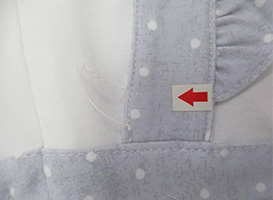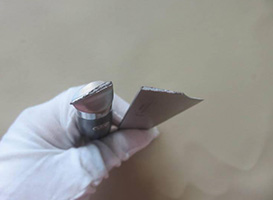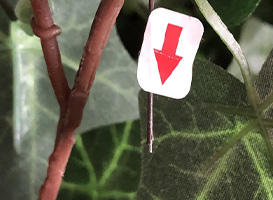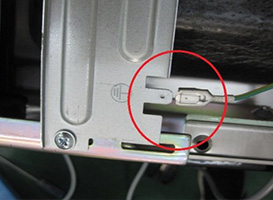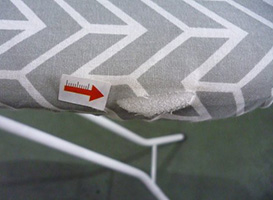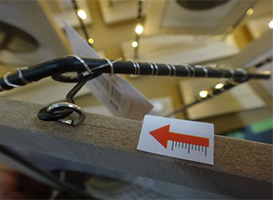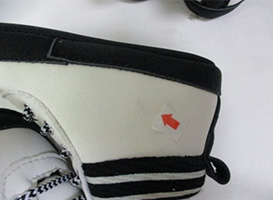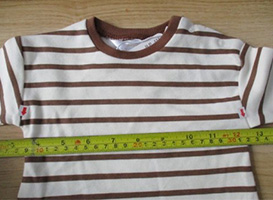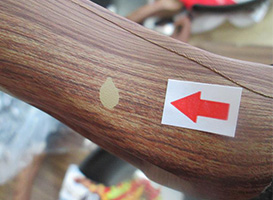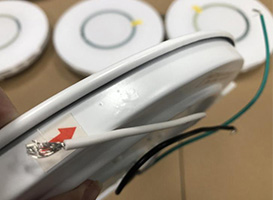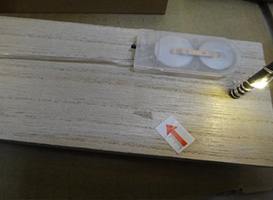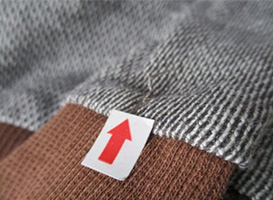What Is Acceptable Quality Level (AQL)?
The acceptable quality level (AQL) is a measure applied to products inspection. It indicates the maximum acceptable defects for a certain sample size of products inspected, beyond which a batch is rejected. It is usually expressed as a percentage or ratio of the number of defects compared to the total quantity. Importers usually set different AQLs for critical, major, and minor defects.
The acceptable quality level (AQL) is the worst quality level that is tolerable for a product.
The AQL differs from product to product. Products that might cause more of a health risk will have a lower AQL.
How Do I Determine the Right Sample Size and Acceptance Number?
Buyers and sellers should agree on an AQL standard that is appropriate to the level of risk each party assumes. These standards are used as a reference during a pre-shipment inspection. And widely used settings for consumer goods in China:
0% for critical defects (totally unacceptable: a user might get harmed, or regulations are not respected).
2.5% for major defects (these products would usually not be considered acceptable by the end user).
4.0% for minor defects (there is some departure from specifications, but most users would not mind it).
-What is the AQL table
The “AQL tables” are statistical tools at the disposal of buy inspection levelers (for product inspections). They are an industry standard. Most suppliers involved in international trade are familiar with it.
-How to read the AQL table?
There are basically two tables. The first one tells you which ‘code letter’ to use. Then, the code letter will give you the sample size and the maximum number of defects that can be accepted.
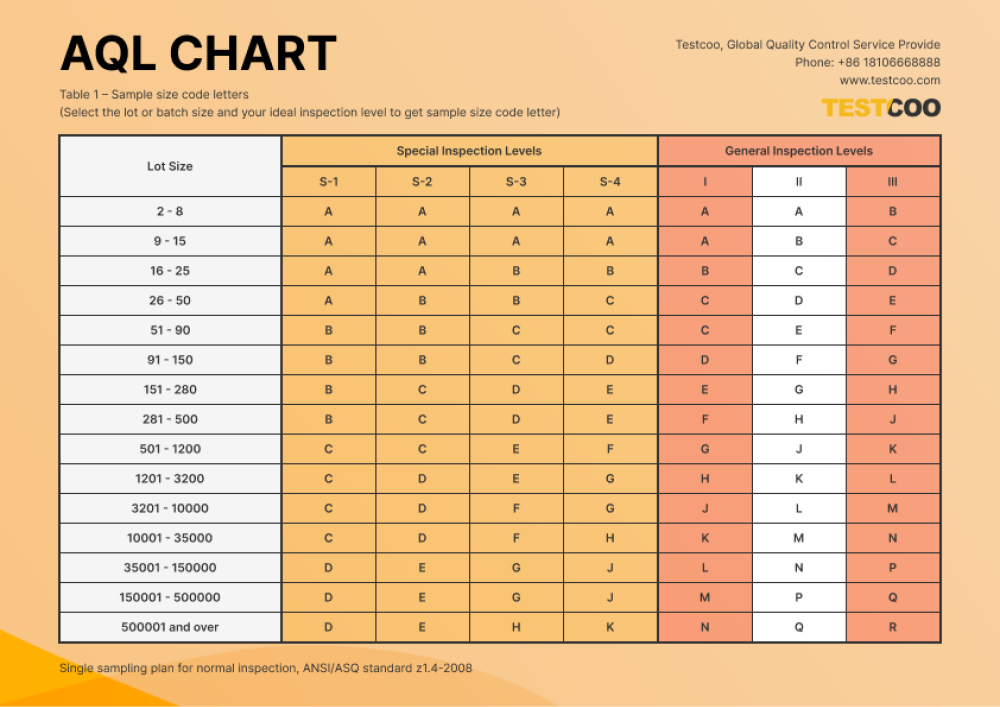
How to read this table?
If you follow my example, I assume your ‘lot size’ is comprised between 3,201 pcs and 10,000 pcs, and that your inspection level is ‘II’. Consequently, the code letter is “L”.
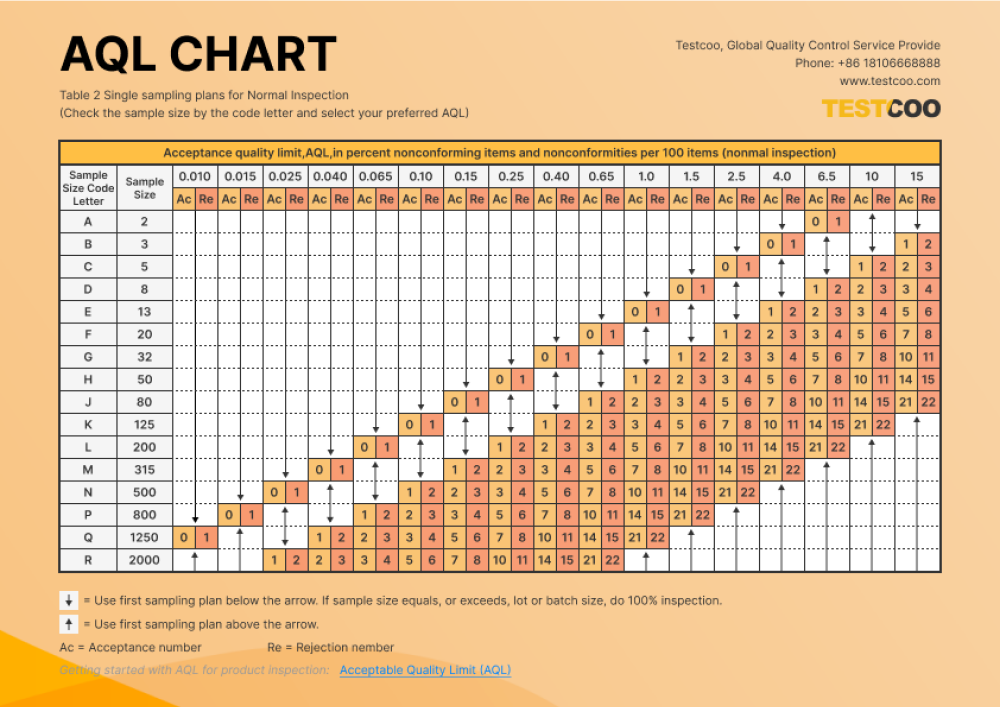
How to read this table?
Our code letter is “L”, so you will have to draw 200 pcs randomly from the total lot size. Besides, I assume you have set your AQL at 2.5% for major defects and 4.0% for minor defects. Therefore, here are the limits: the products are accepted if NO MORE than 10 products with major defects AND NO MORE than 14 products with minor defects are found. For example, if you find 15 products with major defects and 12 products with minor defects, the products are refused. If you find 3 with major defects and 7 with minor defects, they are accepted.

